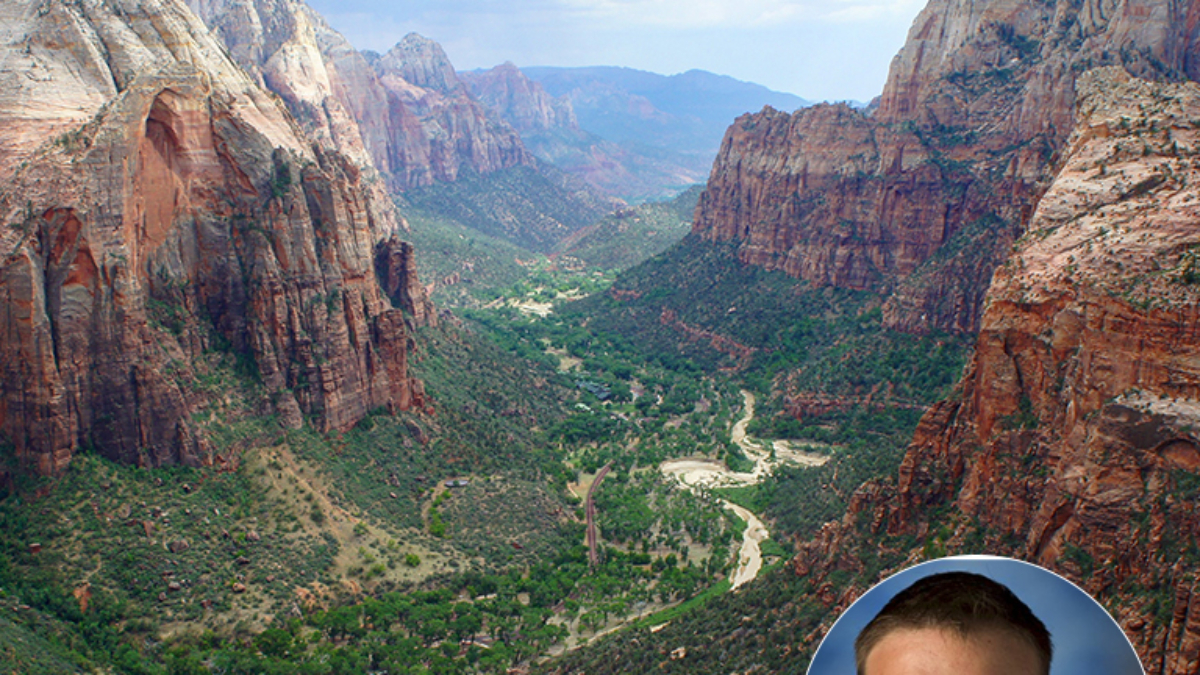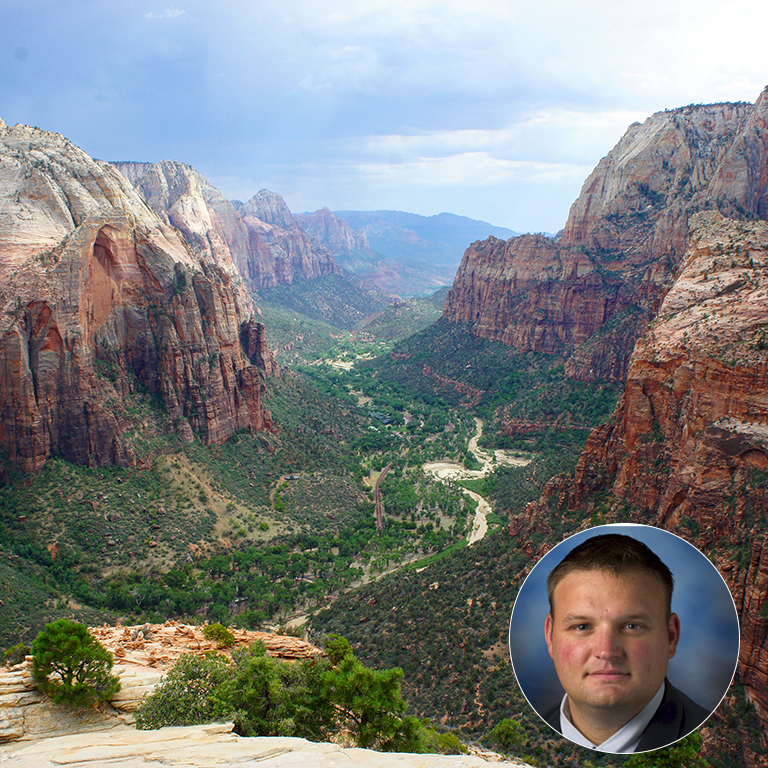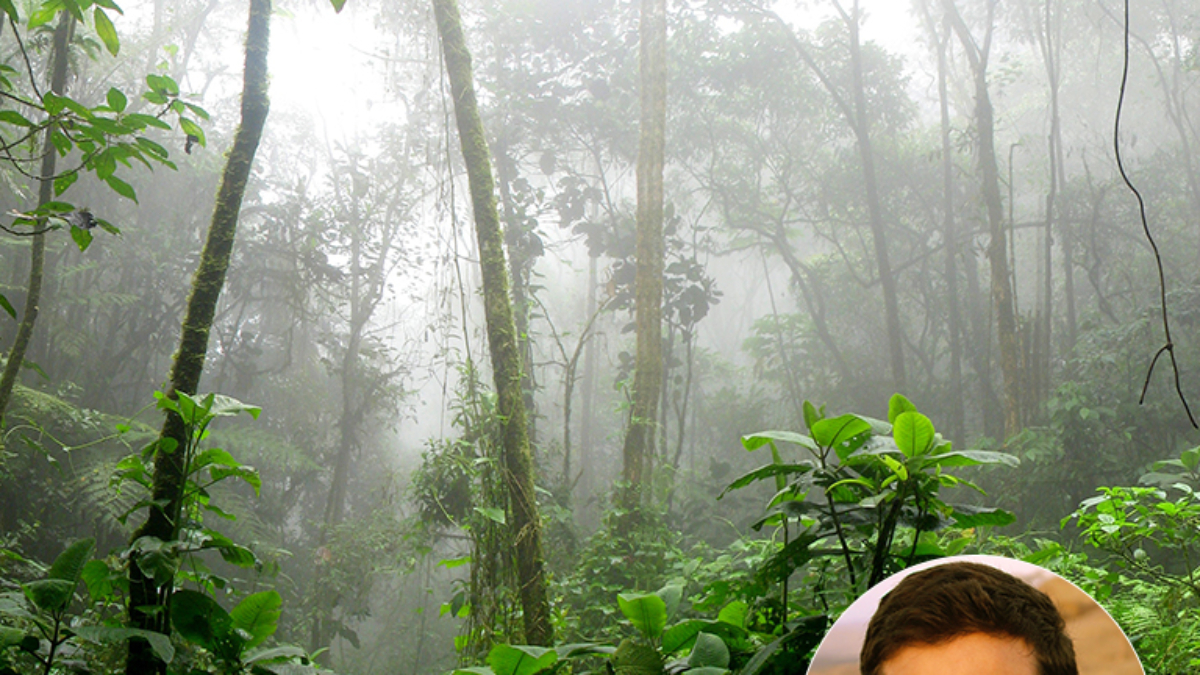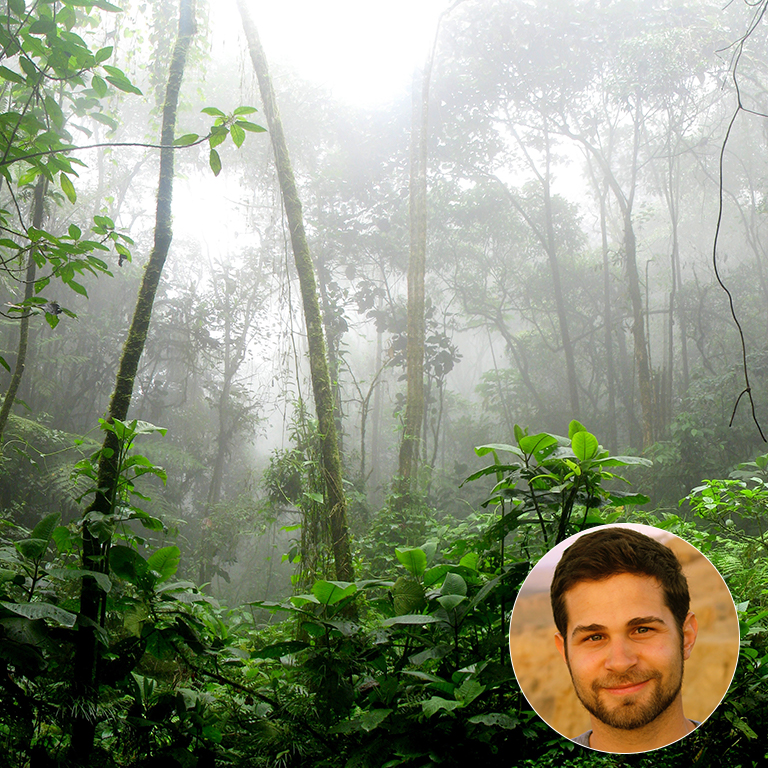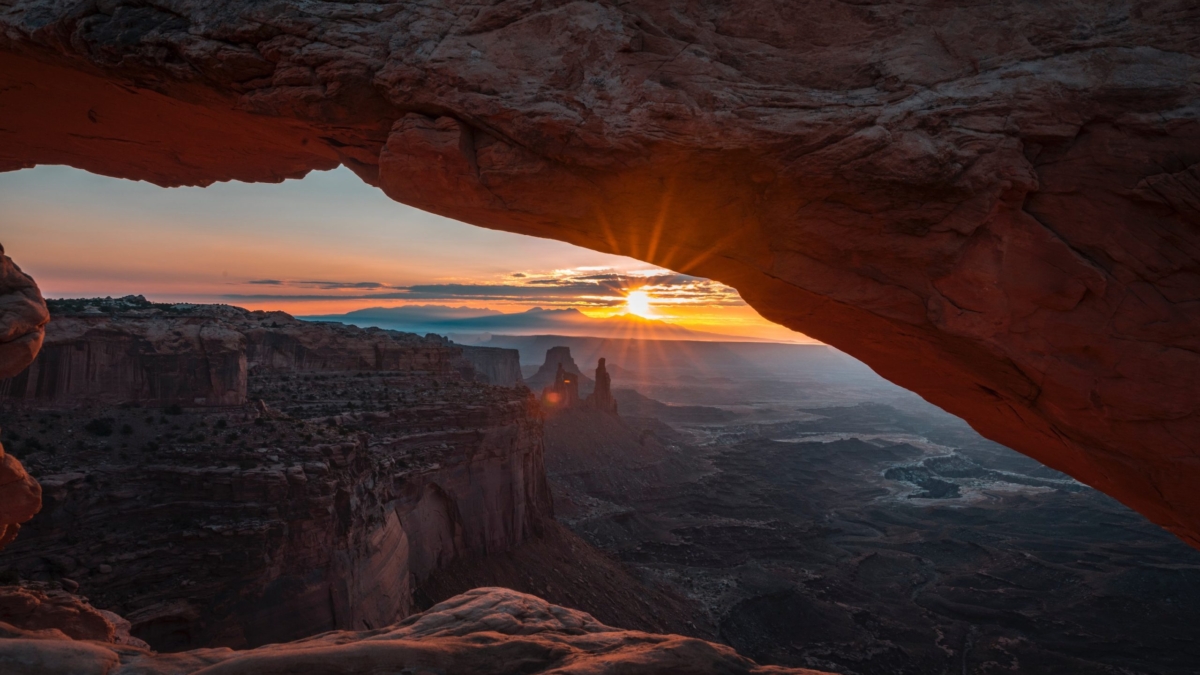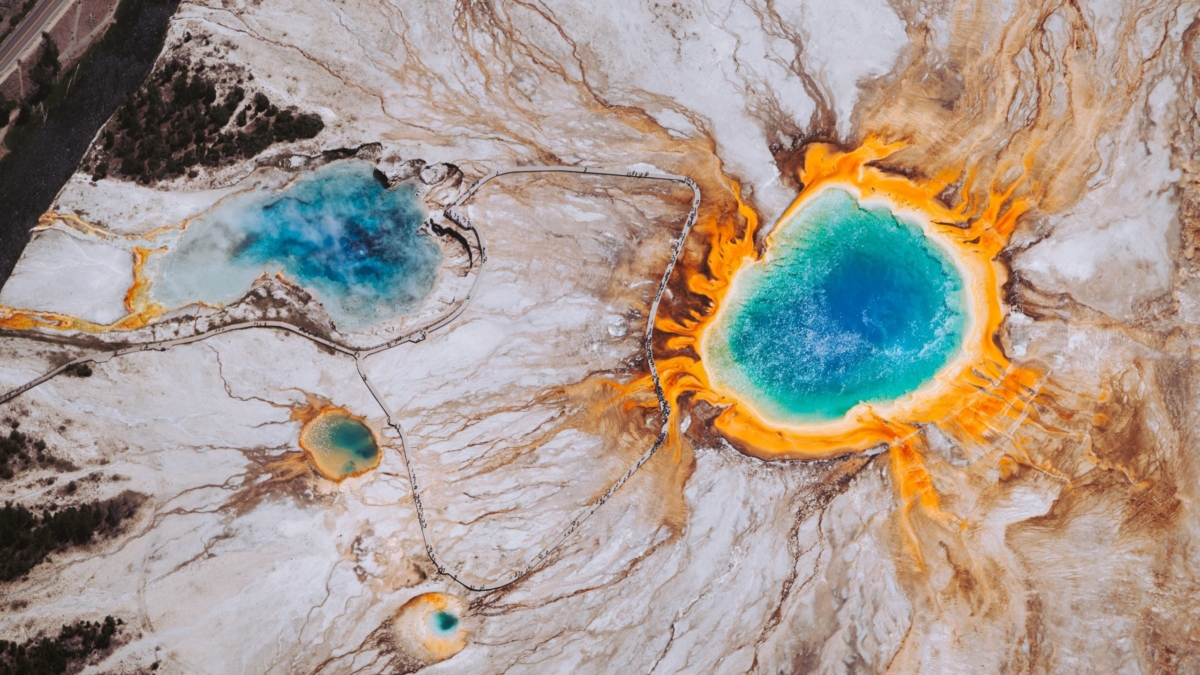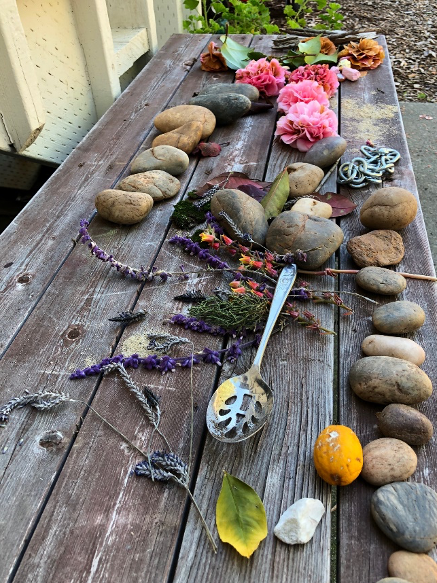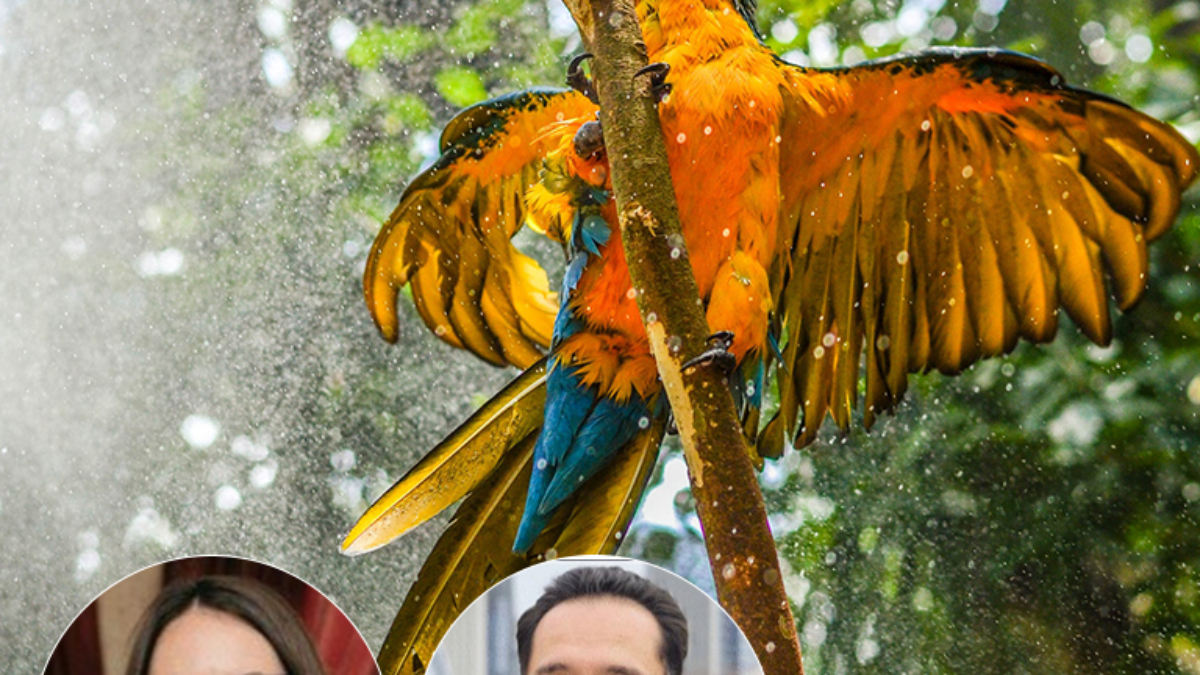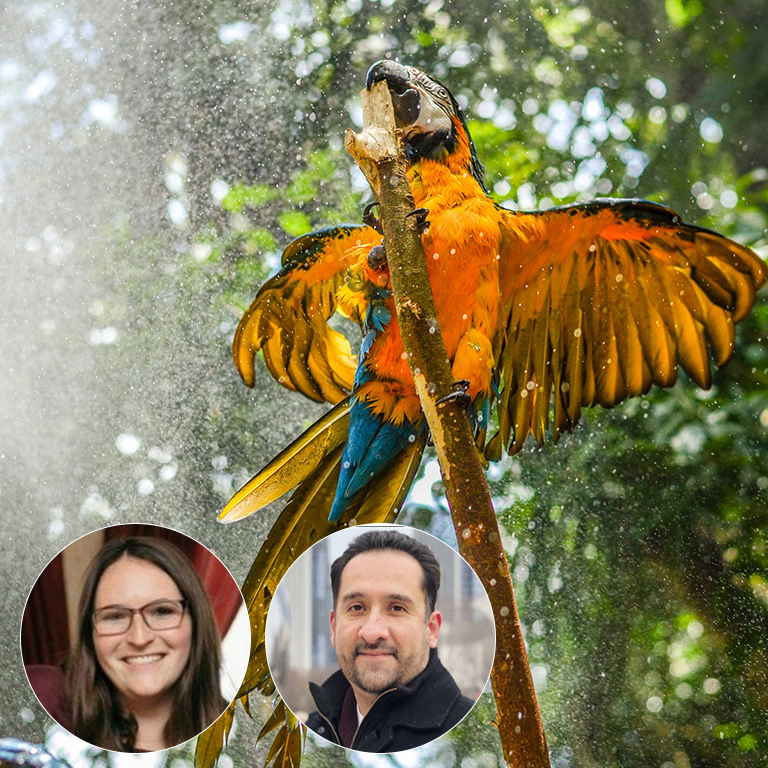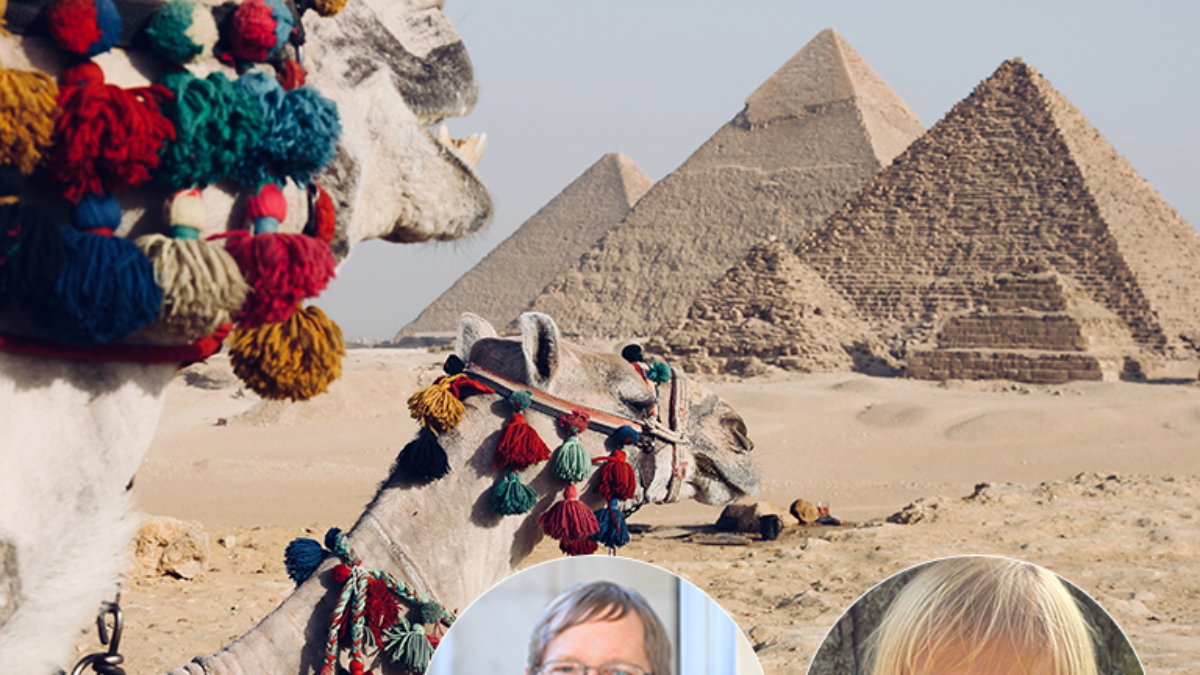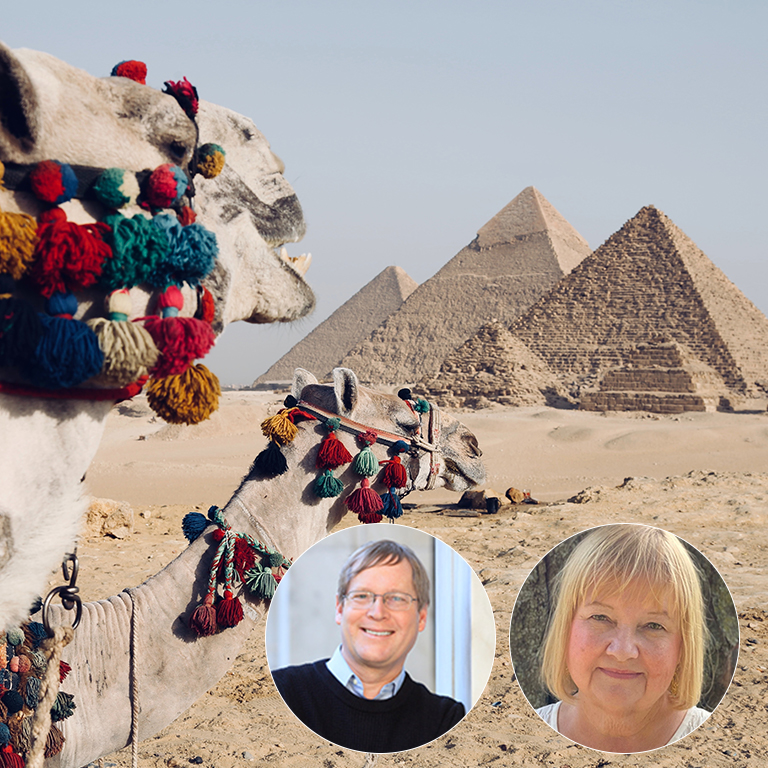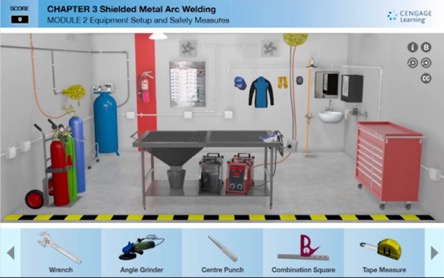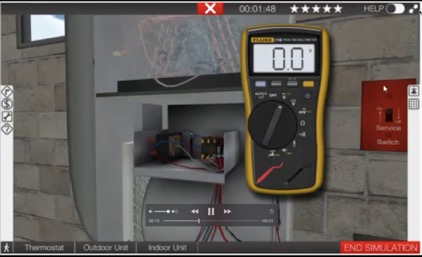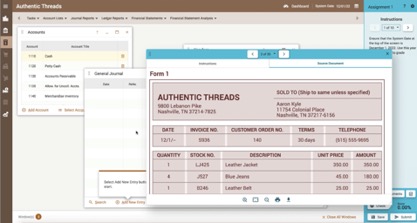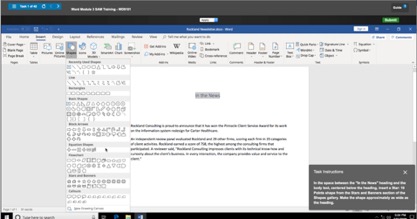*Learn more about DECA competitions and my experience and why business professionals should volunteer their time as CTSO judges in the first post of this series.
Know your audience
Even though you may only have a short time to read through your role play scenario, you should immediately write down who YOU are in the scenario and who the JUDGE is. In many cases, the Judge is cast as a high-level position at a company. They might be a CEO, VP, CFO, or a Director. You will most likely be at a lower level than the Judge, either an employee or a vendor hoping to work with the Judge’s company. Keep in mind the Judge’s role when pitching new ideas or strategies. You may make mistakes that can affect your 21st Century Skills or Overall Impression scores:
- • Insulting the company’s previous strategies directly insults company leadership.
- • Don’t: Describe your idea as an obvious move from outdated or dull practices.
- • Do: Pitch your idea as a new venture that enhances or creates new opportunities for the company.
- • Defining business/marketing/finance terms without applying them to the scenario undermines the Judge’s role.
- • Don’t: Begin or end a presentation by providing textbook definitions of key terms. A CEO, VP, or Director doesn’t need a business lesson. They want your expertise to convince them your plan will help their business.
- • Do: Make sure to cover all of the talking points listed on your scenario sheet as they relate to the scenario.
Example:
The scenario requires the student to describe the purpose of SWOT Analysis.
Don’t just say:
“And now, I would like to define SWOT analysis. SWOT analysis is used to help a company make business decisions by identifying strengths, weaknesses, opportunities, and threats.”
Apply your knowledge to the scenario instead:
“We can use SWOT analysis to prove that the decision to rebrand your hotel chain is the best decision for your company to increase clientele. Let me show you how.”
Leave time to organize your notes in chronological order.
There are many methods for successful and efficient note taking, if you are studying for a test. But in a role-play competition, you have little time to build out a presentation that you will have to deliver in person. As most students leave their notes on the table as they present, I’ve noticed that students with clean, step-by-step notes, end up with higher scores. Why?
- • Clean notes make it easier to maintain eye contact.
- • When your notes are scattered across the page, connected by arrows and exclamation points, your eye has to search for your reminders to make sure you are hitting all of your key points, instead of connecting with the Judge.
- • It’s easy to tell when you are at the end of your presentation, and quickly wrap up with a conclusion.
- • You are more likely to hit all of the key topics in the scenario.
- • Even if you are a great speaker, make eye contact, use appropriate hand gestures, and have a firm, but comfortable handshake, MOST of your score still comes from including the topics outlined in the scenario.
- • If your notes are in an outline, it’s much more difficult to skip, miss, or forget a great point you want to include.
- • This outline can be repurposed as a visual agenda.
- • Judges are tasked with listening for key words that indicate you have addressed the main topics on their rubric for each scenario. Showing the Judge your outline provides a visual that quickly helps them check off necessary talking points and focus on your speaking skills and creativity instead.
- • Starting with a quick agenda verifies that you understand the purpose of the presentation and will ultimately satisfy their questions.
Example:
The scenario requires the student to:
- • Discuss varying types of promotions in the hotel and restaurant management industry.
- • Discuss the similarities and differences between a hotel chain and boutique hotel.
- • Explain the risks and benefits of rebranding.
- • Suggest a marketing strategy for attracting current customers to a hotel chain that has rebranded to compete with boutique hotels.
- Introduction.
- • Greeting
- • Goal of meeting
- • Agenda
- Promotional Strategies in the Hotel and Restaurant Management Industry
- • Connect to the scenario (describing several promotional options, but ultimately settling on one or two for this scenario)
- • Describe your chosen strategy in more detail.
- • Include a research point why this is the right strategy (if time, draw a quick chart or graph that emphasizes your point.)
- Similarities and Differences between Hotel Chains and Boutique Hotels.
- • Connect to the scenario (introduce traits of boutique hotels by describing an imaginary competitor and describe traits of hotel chains by describing your company’s chain.)
- • Point out the attributes of the competitor that you want to include, enhance, or consider for your hotel chain.
- • Include a research point why this is the right strategy (if time, draw a quick chart or graph that emphasizes your point.)
- The Risks and Benefits of Rebranding.
- • Connect to the scenario (describe possible risks of rebranding your hotel chain and end with the benefits you expect to see.)
- • Make sure to show how the benefits outweigh the risks in this case.
- • Include a research point why this is the right strategy (if time, draw a quick chart or graph that emphasizes your point.)
- Marketing Strategy.
- • Connect to the scenario (describe your innovative marketing strategy for your hotel chain)
- • Make sure to explain why your strategy will work in this case.
- • Include a research point why this is the right strategy (if time, draw a quick chart or graph that emphasizes your point.)
- Conclusion.
If there is time, use your scratch paper to create visuals that are valuable to your presentation.
Adding visuals to any presentation will help the Judge visualize your ideas, and is a great way to get additional points for creativity. Don’t worry, no one is judging your artistic talent, however, creating visuals just for the sake of having a visual or document that doesn’t add to your presentation may seem like a failure to manage your time.
- • Do: consider drawing a graph, chart, sample or prototype to show the thought behind your decisions.
- • Graphs should quickly show that your “research” backs your ideas.
- • Make sure that if you are displaying survey results, sales, or units, that the growth you want to show is easy to see.
- • Do: consider drawing a sample of any ads, web pages, or apps that you may have ideas for. It’s hard to describe how something will look or work in such a short time. Drawing it out allows the judge to visualize your ideas immediately!
- • Don’t: Many students spend time making fake “business cards” to hand to the judge at the end of the presentation.
- • Only do this if it makes sense in the scenario. (If the judge is your direct manager, they have your contact info.)
- • Don’t do this if it takes up time for something more important, like polishing a graph or organizing your notes.
Advisors!
Looking for more information on DECA competitions and practice assignments to prepare students for success? Request a sample of the forthcoming fifth edition of Burrow’s MARKETING, which is aligned to DECA Performance Indicators and includes DECA competition information with the Winning Edge feature, offering DECA Event-Prep Projects in every chapter.


